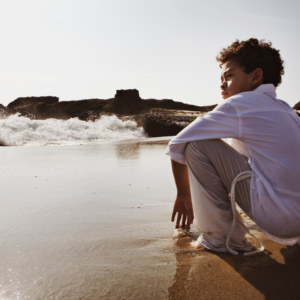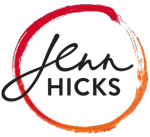Back pain? Try squatting!
If you are like many people, you may be thinking, “Wait a minute. Squatting is for young people. I can’t squat… my knees hurt… I’m too old.. I’m too stiff… my back is sore.”

What you might not know about squatting is that
– when done properly, squats actually improve knee stability and strengthen connective tissue
– squats won’t hurt your knees or your back if performed correctly
– squats engage the core muscles of the body. Abdominal and back muscles are needed to keep balance during the movement. The result is a tighter, flatter abdomen and a stronger lower back. If you make a conscious effort to hold in your abdominal muscles while squatting down, you can increase this effect.
– doing squats is a whole body exercise that actually increases joint flexibility. The ankles, knees, hips and lower back are all utilized in the squatting motion. Be sure to maintain proper form to avoid injury. If you feel any pain in these areas, stop doing the exercises until the pain is gone.
Come to a Nia class to try squats out for yourself:
The general population will benefit from better mobility and less chance of lower back or knee pain by doing squats. A recent study performed on elderly people with osteoarthritis showed that squat training resulted in less self-reported pain in the knees, better balance, and faster walking speed. Participants also had less evidence of chronic inflammation that is associated with arthritis.
So maybe squatting IS for you afterall – check out a Nia fitness class near you to learn how your body likes to squat!


[…] Try it! Begin with your legs wide, toes facing forward. Lower your hips until you are monkey-like, dropping your tailbone and giving the full weight of your body to your feet. Your adult structure is designed to best support your squat by placing one whole foot flat on the ground for stability, while the other foot rests on the ball, heel up. Depending on your bone and muscle alignment, you might bring your thighs closer together or farther apart to widen your foundation. You might turn your toes in or out. Everything you do should add to your comfort and dynamic ease, the sensation of being stable, relaxed and supported in your whole body, including your rib cage, head and neck. Learn more here. […]